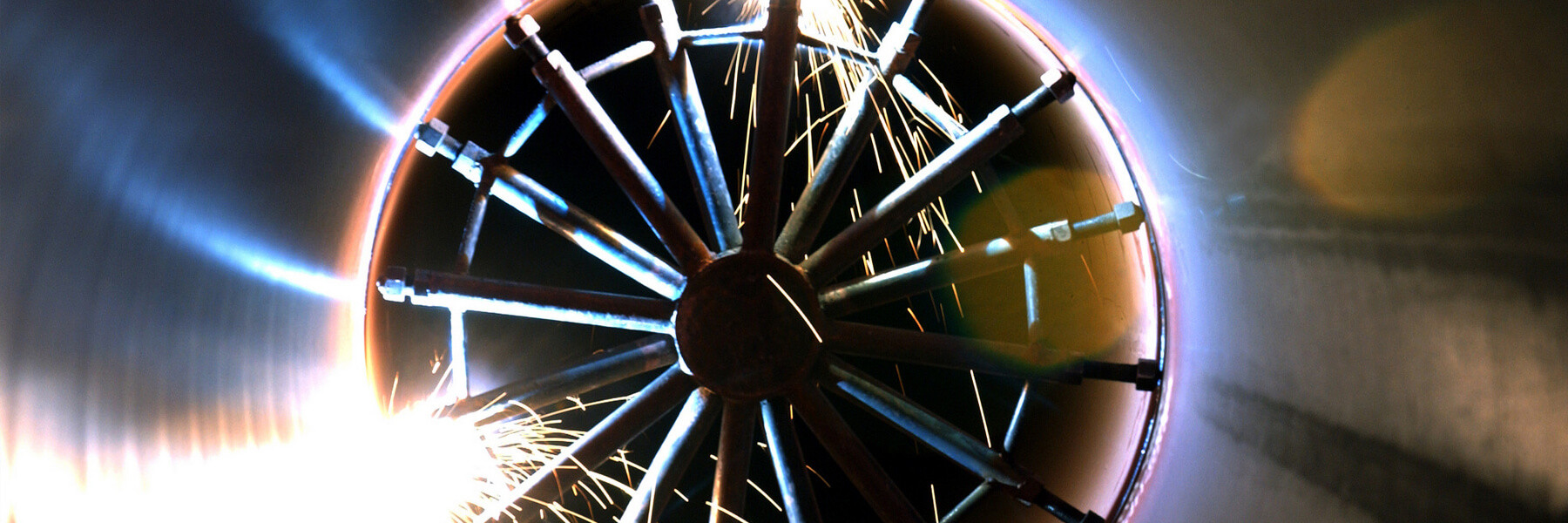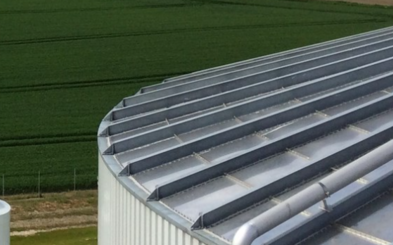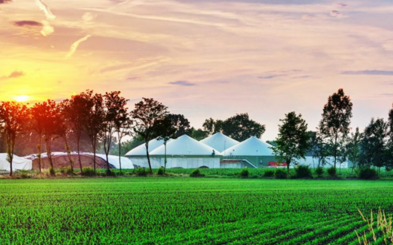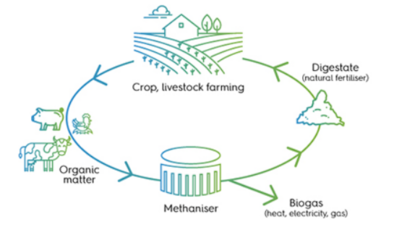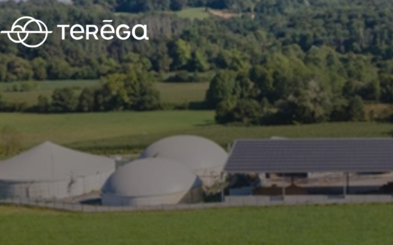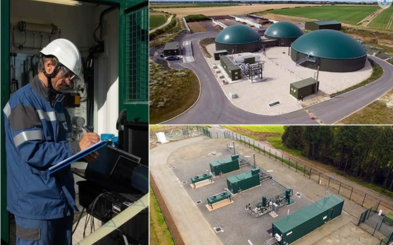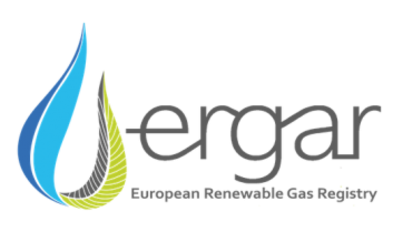INNOVATIVE PROJECTS PLATFORM
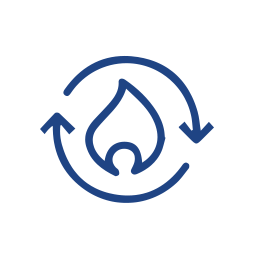
Biogas
Biogas is obtained via the anaerobic decomposition of the organic matter. After the process of upgrading, biogas becomes biomethane with the same quality standard as natural gas and can be transported via the existing grid infrastructure. Biomethane contributes to the decarbonisation of the energy system.
Energinet
DSO - TSO reverse flow project
The objective of this reverse flow project from DSO grid to TSO grid, is to ensure the integration of excess biomethane in the distribution grid into the transmission grid. The project is a virtual aggregation of three future physical projects establishing reverse flows from DSO grid to TSO grid. When supply of biomethane in the high-pressure distribution grid exceeds demand, high-pressure compressors lift the gas to the TSO grid (20/40 bar to 80 bar), where odor in the gas is removed also. These are reverse flow facilities.
Contact: Martin Graversgaard (mgn@energinet.dk)
SNAM SpA
Biomethane productions interconnection
The project consists of the interconnections of the new biomethane productions to existing Snam Rete Gas network. The provisions regarding connections of biomethane plants to gas networks introduced by the Italian Regulatory Authority for Energy, Networks and the Environment (ARERA) with Resolutions n, 220/2023/R/gas and 131/2024/R/gas.
Teréga
Biomethane Reverse flow Projects
Reverse flows will be needed to allow biomethane injected in the distribution to flow back to the transmission grid when the biomethane injected locally exceeds local demand. These network adaptations will enable to maximize the volume of biomethane injected into the gas system and reach the national target for renewable gas (15% of gas consumption in 2032). Teréga expects 1 reverse flow unit every year from 2024 (7 completed by 2032) for an estimated reverse flow of 0,5 TWh/year.
Contact: jordan.perrin@terega.fr
Teréga
Biomethane connection of production units
The scattered production of renewable gas will take an increasing part in the gas mix. Grid adaptations and extensions will be required to connect these production units to the transmission network. These network upgrades will maximise the volume of biomethane injected into the gas system and reach the national target for renewable gas (15% of gas consumption in 2032). Teréga expects 3 to 5 connection projects per year (around 40 completed by 2032) for an estimated production of 1,6 TWh/year.
Contact: jordan.perrin@terega.fr
GRTGaz
Reverse flow projects
Network adaptations will enable to maximize the volume of biomethane injected into the gas system and reach european target for renewable gas production set by Repower EU. Grid extensions will be required to collect this generation and backhaul facilities will allow the excess energy to be absorbed when supply exceeds local demand. It can be estimated that around 162 backhaul installations and mutualised compressors −90% in D/T (Distribu-tion/Transmission) and 10% in T/T (Regional Transmis-sion/Principal Transmission infrastructures)− would be re-quired, i.e. a financial envelope of €479 million by 2030.
OGE
BiRG
Together with partners New Power Pack, the Jülich Research Centre and the Fraunhofer Institute UMSICHT, OGE are building and testing a demonstration plant for the production of biomethane as part of the so-called BiRG project. In several steps, biogenic residues are converted into biogas that can be fed into the pipeline system. The plant is scheduled for commissioning in 2022
GRTgaz
Hydrothermal gasification
Hydrothermal gasification is a technology converting wet biomass and treating organic wastes and residues. It uses the water contained into the biomass as the reaction environment in its supercritical phase to produce a synthesis gas. In Europe, several stakeholders are developing or currently operating pilot plants of this technology. The technology could reach industrial scale by 2023-25 with modular installations scaled between 0,5 and 6 t/h.
Contact: jeanmarc.brimont@grtgaz.com, robert.muhlke@grtgaz.com
Gas Networks Ireland
Biomethane production study Ireland
In October 2021 GNI published a ‘Sustainability of Biomethane Production in Ireland’ report undertaken by Devenish Nutrition and KPMG Sustainable Futures, which drew on existing academic research, as well as data and on-farm experience from the Dowth Research Farm in Co. Meath. The report concluded that agriculturally produced biomethane can be delivered sustainably and at scale to help reduce on-farm emissions and decarbonise Ireland’s energy system without reducing the national herd, disrupting food production, intensifying agricultural activities or impacting on biodiversity.
TEREGA
RINGS
Research on the Injection of New Gases into Storage facilities (RINGS) is a research and development partnership to study the behaviour of biomethane and hydrogen when mixed with natural gas in deep aquifers, with a view to storing them effectively. In partnership with Storengy / University of Pau / CNRS / Carnot Institute / SNAM (observer) / ENAGAS (observer).
Energinet
ERGaR
ERGaR is founded as a cooperation between European registries of biomethane certificates that will enable cross border trade of biomethane certificates among the member registries. ERGaR will be the Europe-wide recognised organisation for administering and mass balancing volumes of renewable gases virtually distributed along the European natural gas network.
Contact: jbg@energinet.dk
